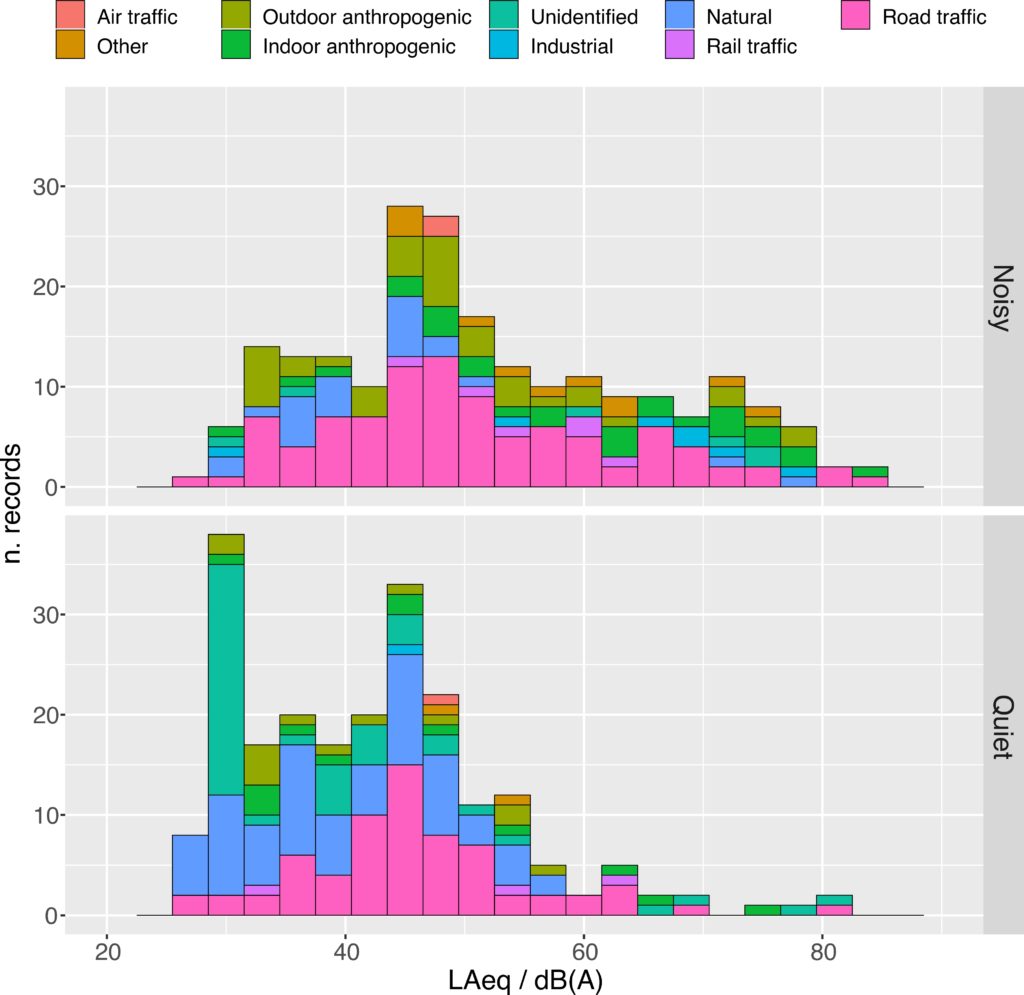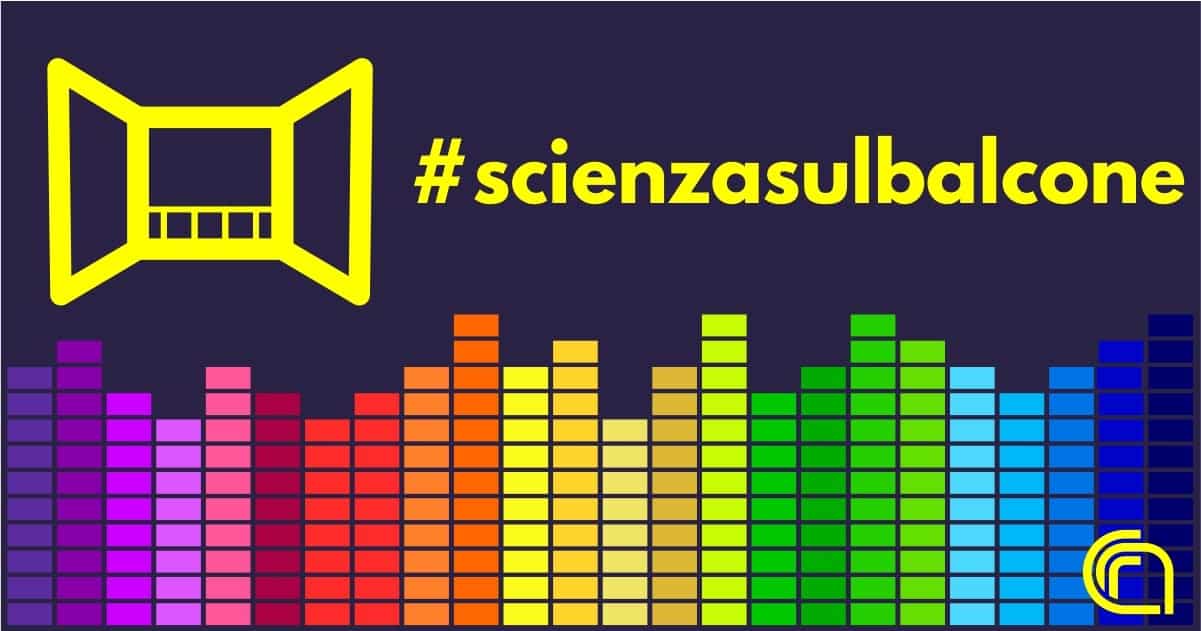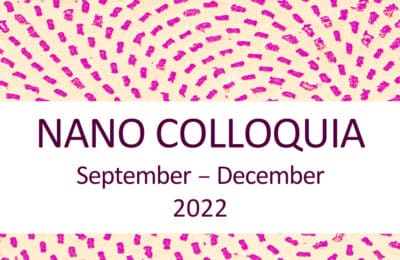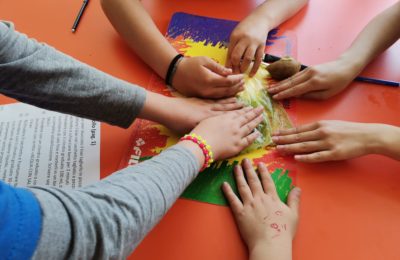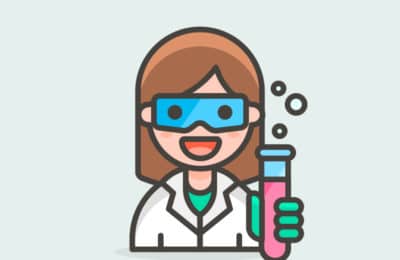Using a smartphone to measure environmental noise on the national territory and associate it with subjective perception of acoustic comfort at the time of measurement. A team of researchers and experts in science communication of the Istituto nanoscienze (Cnr Nano) and of the (formerly) Unità comunicazione relazioni con il pubblico (Ucrp) of the National Research Council (Cnr), the Istituto clinico and Arpa Piemonte, designed an experimental protocol capable of measuring noise in a simple and anonymous way and capable of analyzing the data collected. The results of the study were recently published in PlosOne.
“For this Citizen Science project we received in a month 1258 measurements, carried out by participants in their homes and with their personal smartphones,” explains research coordinator Carlo Andrea Rozzi from Cnr Nano Modena. “The procedure has allowed to collect the data anonymously and to introduce elements for cross-checking the quality of the collected data, such as the ‘measurement of silence’: i.e. is the measurement of the sound level at the quietest room and moment, and with closed windows). This allows us to calibrate and correct , thanks to the work carried out previously in the laboratory, the raw noise measurements for each model of smartphone”.
The experimental protocol devised by the researchers is repeatable. “The protocol can be adapted to other environmental contexts and the experience tells us that it can be improved,” concludes Rozzi. “The method can also be used to monitor potentially noisy events or for educational and environmental awareness purposes.”
The performed measurements on environmental noise pollution were the second experiment of the participatory science campaign #Scienzasulbalcone (‘science on the balcony’) edited by the Communication and Public Relations Unit of Cnr, after one realized on the measurement of intrusive light. The Communication and Public Relations Unit of Cnr coordinated the communication campaign and the subsequent data collection phase through the implementation of a dedicated website (https://sites.google.com/view/scienzasulbalcony/sound), while a calibration campaign of some models had been carried out previously at the laboratories of Arpa Piemonte.
Citizen-science initiatives offer several societal and educational benefits, in this case the research team pinpointed : the impact on citizens’ perception of the value of scientific data by directly involving them in a scientific research project; contributing to education in STEM area by providing basic information about sound and its measurement and making people aware of the difficulties in making reliable measurements; spreading knowledge of the merits and limits of measuring sound with smartphones. Moreover, the involvement of pupils and teachers belonging to the compulsory education compartment is fundamental in ensuring equal opportunities for inclusion of people from every social status, and, by the way, it avoids that the sample is biased, e.g., by people owning the most expensive smartphones, or living in privileged contexts. Last, but not least, the possibility of empowering citizens to take an active part in environmental issues, potentially affecting their health.
“This research shows that collecting interesting data from a distributed network of citizens on a national scale is indeed a feasible task. We believe that initiatives such as this one, besides their societal impact, also have a potential for actual scientific data collection” concludes Carlo Andrea Rozzi.
Rozzi CA, Frigerio F, Balletti L, Mattoni S, Grasso D, Fogola J (2022) Indoor noise level measurements and subjective comfort: Feasibility of smartphone-based participatory experiments.
PLoS ONE 17(1): e0262835. https://doi.org/10.1371/journal.pone.0262835
